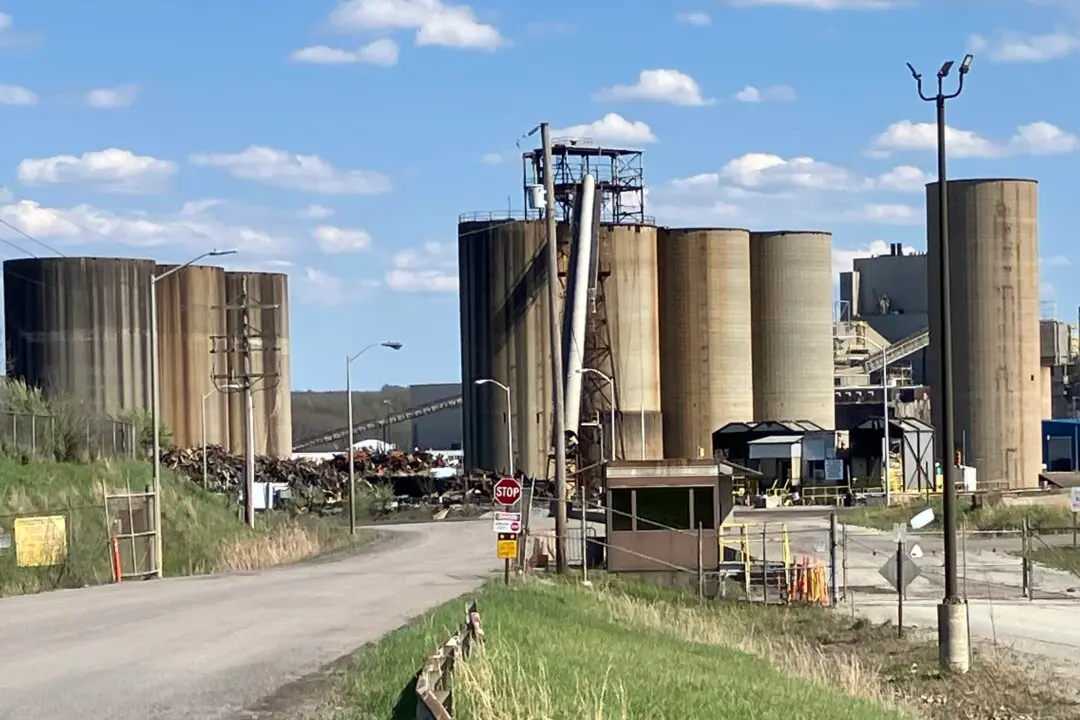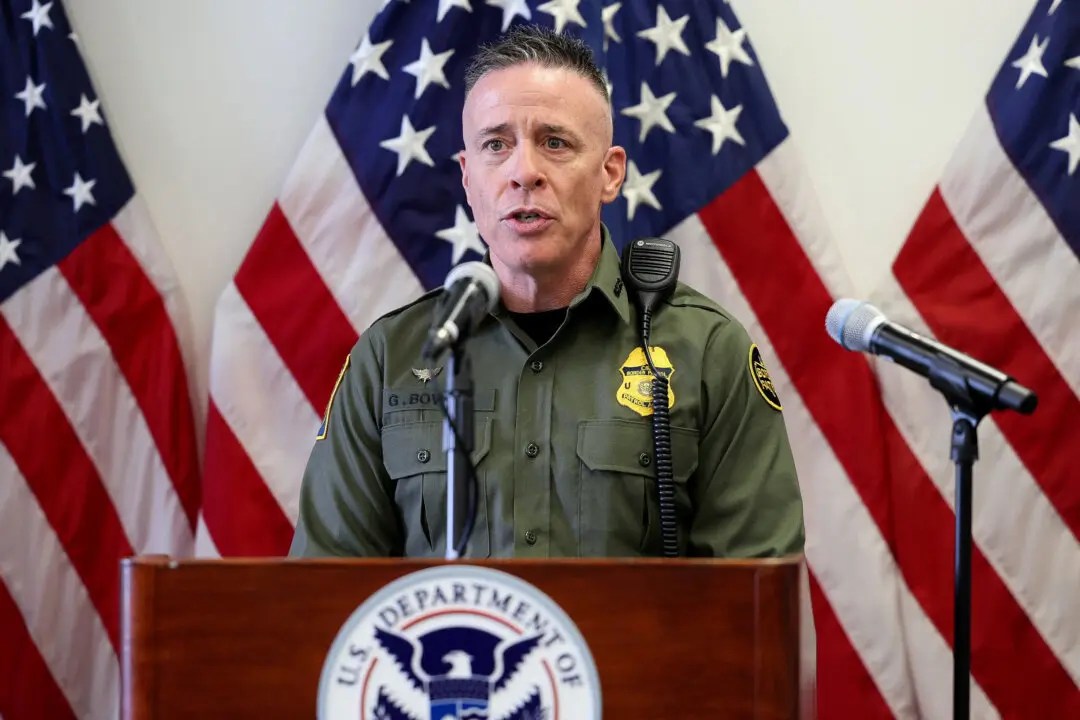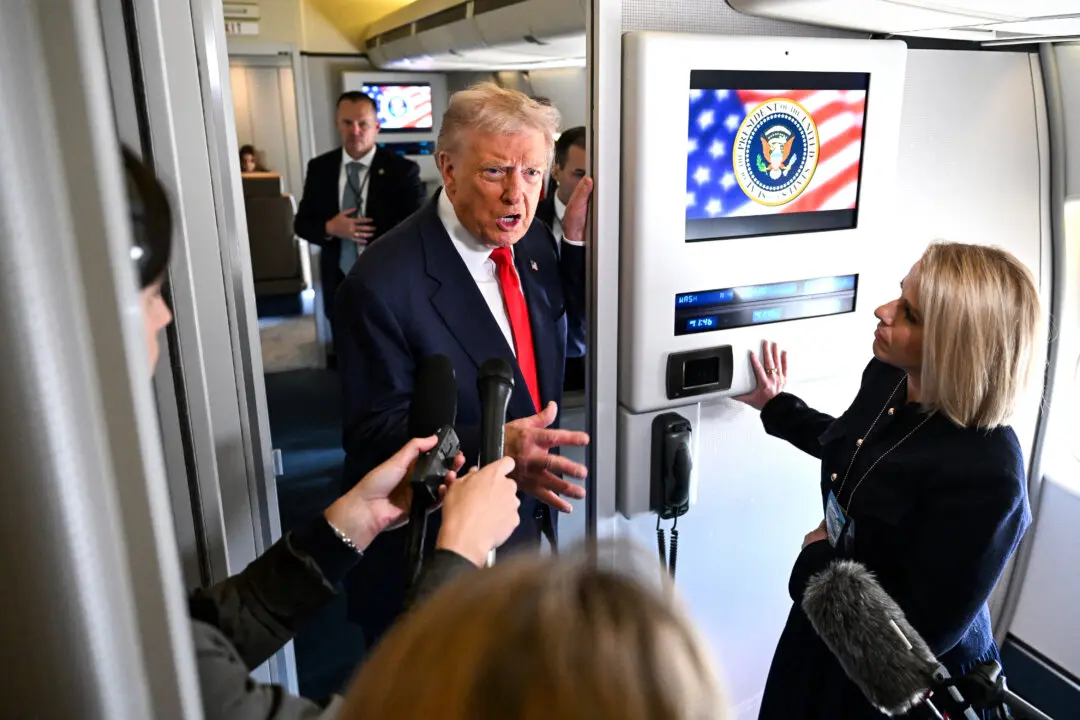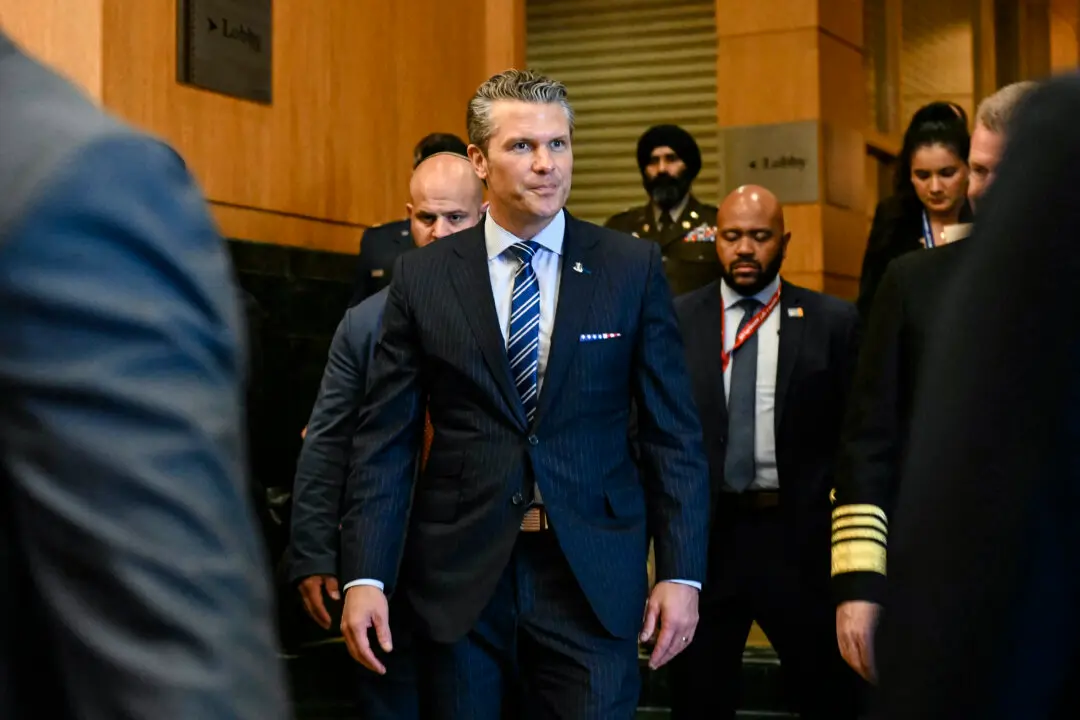Two astronauts who have been stranded in space for months won’t be able to return to earth until March, NASA said on Dec. 17 as it announced the latest in a string of delays sparked by problems with their Boeing-designed Starliner spacecraft.
NASA said it needed more time to complete the processing of SpaceX’s Dragon spacecraft, which is scheduled to arrive at the space agency’s processing facility in Florida in early January.





